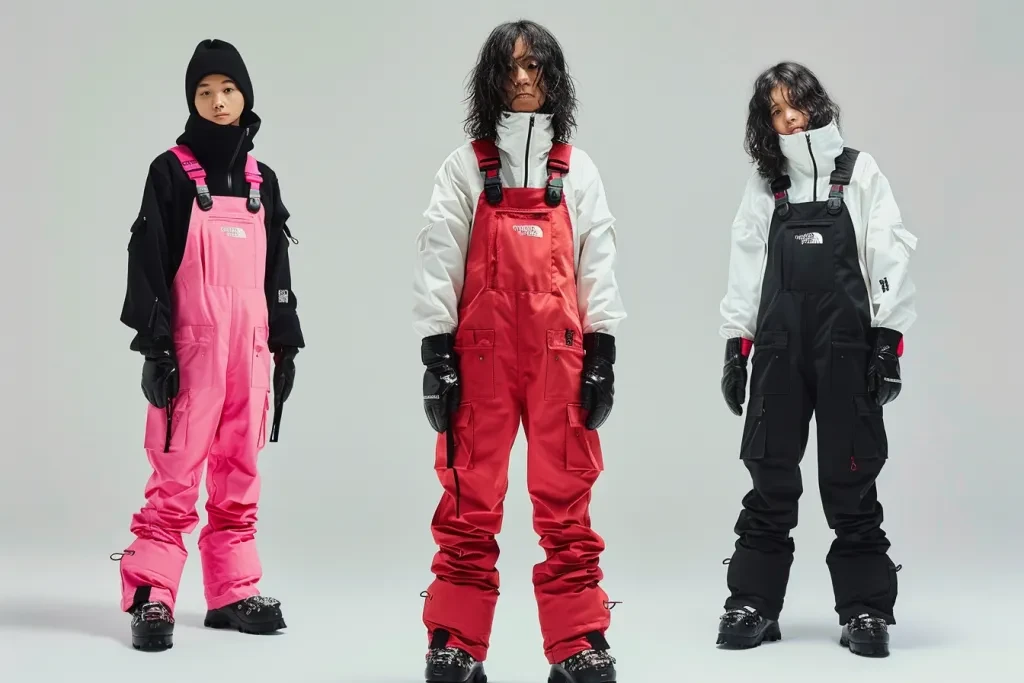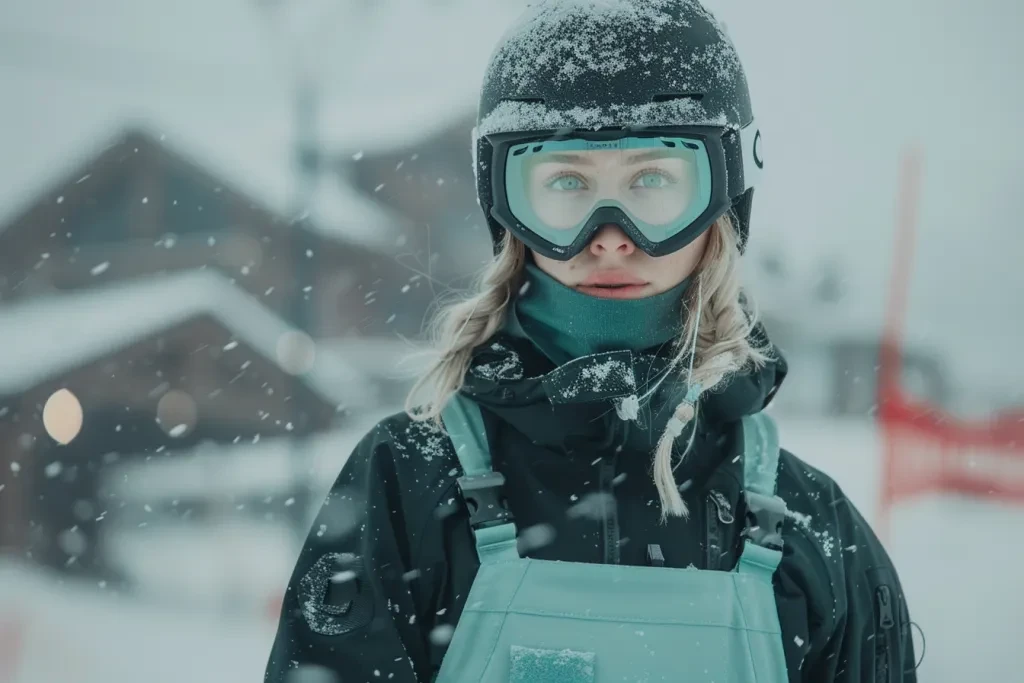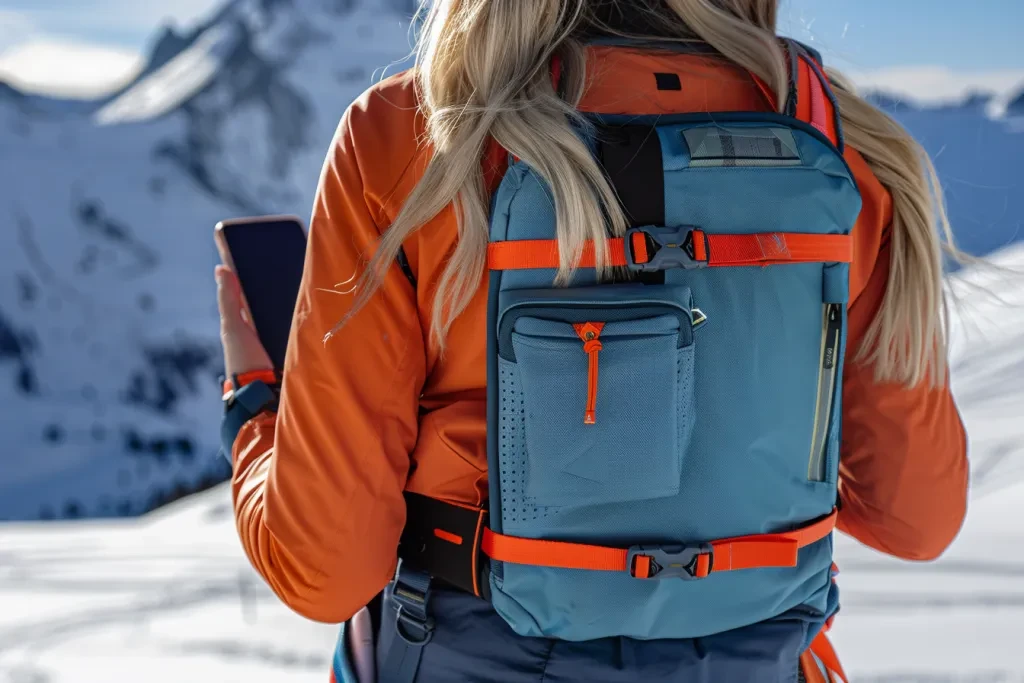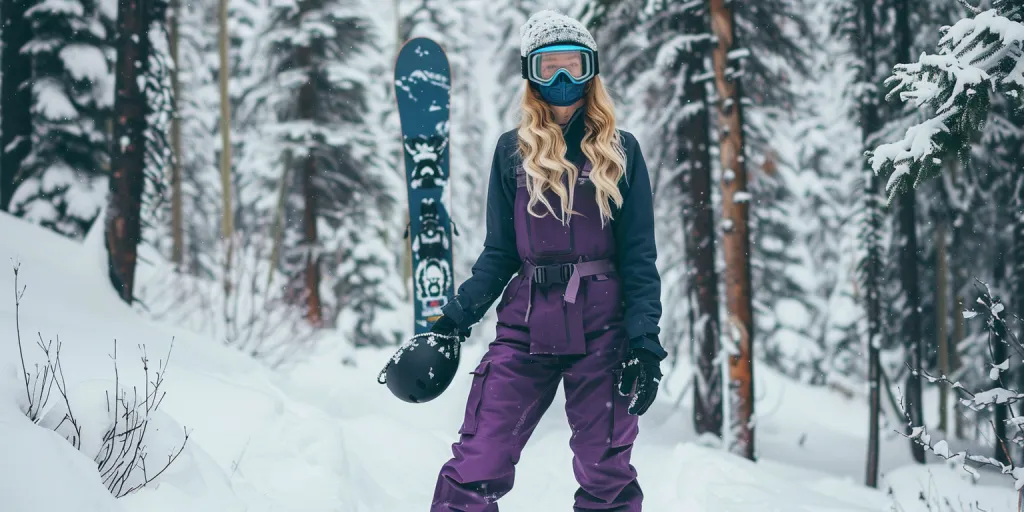The quest for the perfect gear for winter sports starts at the onset of winter when the first snow flakes start to fall and winter sports enthusiasts need to brace themselves for the cold. Among the best winter attire for women, snow bibs are a necessary accessory included in every woman’s closet. This article delves into the most important factors for snow bibs used by women when participating in winter sports to include information about why waterproofing and insulation are important, how to find the right fit and style, and other important factors that users deem the most essential.
Table of Contents:
1. Importance of waterproofing and breathability
2. Insulation and warmth for winter comfort
3. The right fit and mobility
4. Style and functionality combined
5. Care and maintenance tips
Importance of waterproofing and breathability

The key in this selection is the waterproof/breathability rating of the fabric of the snow bibs. This rating refers to both how well the material prevents moisture, from snow/ice/melting, from penetrating the outer layer of the bib and the ability of the material to allow sweat vapour to escape and not build up inside of the bib. The latest innovations in fabric design can now be found in many textiles that deliver high waterproof/breathability criteria, ensuring that you can stay dry and comfortable even while being active in the snow.
Waterproof ratings are measured in millimetres, the bigger the number, the better. Breathability is measured in grams, and refers to how much water vapour a square metre of fabric will allow to pass through in 24 hours. For snowy use, a bib with 10,000mm waterproofing and a breathability around that number should give you a good balance of both for most winter sports.
Moreover, the more you close up seams and add waterproof zippers, the less likely it is for water to enter via the stitches or the openings. All these details can make the difference between staying dry or not.
Insulation and warmth for winter comfort

Insulation is a key characteristic of women’s snow bibs, as insulation directly affects warmth. There are two types of insulation found in women’s snow bibs: down and synthetic. Down insulation is incredibly warm for its weight, which means that it can keep you warm without adding much bulk. However, down is a poor choice if you want to be prepared for activities in wet snow, as it loses almost all of its insulating properties when wet. Synthetic insulation is a little bulkier than down, but it is better at retaining its insulating qualities when damp and dampened. This makes synthetic insulation the better choice if you want to prepare for wet snow.
The amount of insulation is a matter of personal preference, activity and climate, and layering can be important as temperature varies during the day. Some bibs give you the option of adjustable insulation so that you can add or take away layers depending on conditions.
Likewise, thermal-reflective linings in fabrics can help meet the requirements of warmth by reflecting the radiated heat of your body back, providing the advantage of warmth without extra bulk. For instance, if you know you’ll be quite active or if your normal conditions are pretty cold, you can arrive at an optimal balance of warmth and freedom of movement by choosing insulation that meets those needs.
The right fit and mobility

Fit is big when it comes to anything you wear outdoors but, in the case of women’s snow bibs, mobility can be a huge differentiator between great performance and horrible comfort. A properly fitting snow bib should allow for layering, panelling, or other details that can enhance warmth without an excess of fabric that could hinder movement. Additional details, such as adjustable straps or waistbands, can help tailor the fit so the bib can stay properly placed and provide the coverage you need without impeding movement.
Secondly, it’s important to consider mobility: if the snow sport you’re targeting necessitates a wide range of movement, seek out bibs with articulated knees and a gusseted crotch, which allows you to fully bend and squat, and provides the freedom of movement required by these activities. Thirdly, consider reinforced cuffs; these are seamed panels that will strengthen the area and prevent wear and tear on bibs, extending their lifespan and retaining their functionality for a longer time.
Style and functionality combined

But while function should never supersede form, snow bibs for women can also be stylish. Snow bibs today come in a wide array of colours and designs, allowing you to express your individual taste while on the slopes. Style, however, is not just about looks. Features such as adjustable suspenders, belt loops and multiple pockets add to the bib’s look, not to mention its utility.
We’re talking about pockets. Because what’s the point in having a £1,000 bib if you have to carry your keys, lift pass and smartphone around in your hand like a pleb? You want them close to where you have to take off your skis, so look for zippered pockets placed in accessible and ergonomically advantageous locations. You want them to be secure so they don’t get humid with moisture infiltration or shift and open up by accident, so look for pockets with button, zip, snap or hook-and-loop closures. And you want them to be compatible with other gear, such as jackets, so you can create a contiguous snow barrier from your arm pits to your heels — a one-piece enveloping system of synthetics that will increase style points as well as warmth and waterproof protection.
Care and maintenance tips

With care and maintenance, your women’s snow bibs can live long, happy lives, and always be effective and be fashionable for many, many seasons. Follow the manufacturer’s care instructions, as different materials will require different care. Wash your snow bibs in cold water with a mild detergent, skip the fabric softeners and bleach, which will break down the quality of its waterproofing and breathability.
The next is to dry them – typically air-drying or tumble-drying on a low heat will be best for your typical snow bib, unless specifically recommended otherwise; high heat can degrade an insulation or waterproofing treatment. And because these treatments are the keys to the bib’s ability to keep you dry, reapplying a waterproofing treatment every few years will also do a lot to maintain the bib’s water-resistance, and keep you dry and comfortable for the rest of its useful life.
Conclusion:
Good thing is, that women’s snow bibs – which have come a long way since those plastic zippered jumpsuits from the 1970s – are a must-have item for any winter sports lover. Choosing the right pair of women’s snow bibs takes a little bit of work and some knowledge because a lot goes into making a good pair. So, whether the question is keeping you dry, warm or just looking good, these considerations below should be taken into account when selecting your next pair of women’s snow bibs. Just keep in mind that proper care and maintenance helps to extend the life of your snow bibs for season after season. Get the women’s snow bibs you like and you’re on your way to enjoying your winter wonderland to its fullest.




